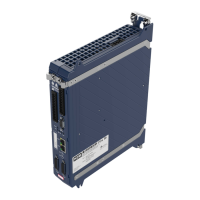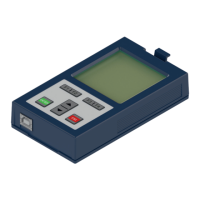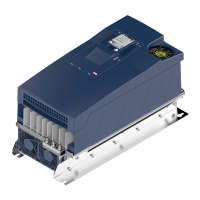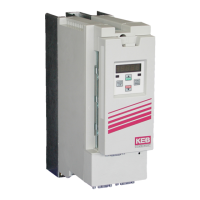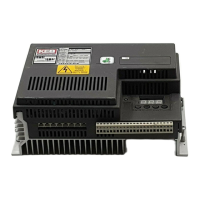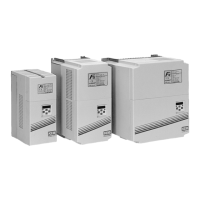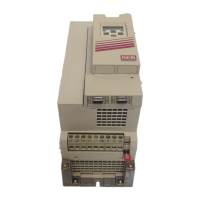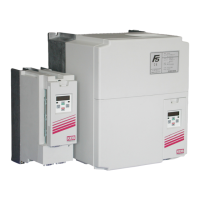With rotary encoders, a zero signal occurs once per revolution at always
the same angle of rotation.
Linear encoders can have one reference mark on the travel path or sev-
eral.
Several reference marks can either have the same distance of signal pe-
riods to each other (periodic reference marks), or the distances are so
different from reference mark to reference mark that an absolute refer-
ence point can be calculated from them (distance-coded reference
marks).
Encoder types
Since the encoder evaluation can evaluate different encoder types and many pa-
rameters are only necessary for certain encoders, the differences are shortly de-
scribed here:
Generally absolute and non-absolute encoders can be differentiated first.
6.1.2.1 Absolute encoder
Absolute encoders supply after switching on directly the "right" position value, i.e.,
the reference of position and rotor is always maintained.
Singleturn encoders can only restore the position within one revolution after switch-
ing on. Multiturn encoders temporary store a certain number of whole revolutions
depending on the encoder type.
Absolute encoders are different in:
➢ Resolver
Resolver are always singleturn encoders
➢ Digital encoder (EnDat digital, BiSS, SSI)
The position value is determined by the encoder itself and transmitted via a fast se-
rial communication in each control cycle for encoder evaluation.
➢ Absolute encoders with incremental signals (Endat+1Vss, SinCos-SSI,
Hiperface, SinCos with absolute track)
After switching on the device, the absolute position is determined once from the
encoder. Since the detection of this position is either too slow (e.g. slow serial com-
munication at Hiperface) or too inaccurate (sine-cosine), it is used only as starting
value. Only the incremental signals, which can be counted and evaluated in real-
time are used from this starting value.
Then the absolute position is only read in order to compare it with the incremental
counted position for diagnosis purposes (monitoring) (every 8 ms or depending on
the encoder typ).
If more incremental signals are counted e.g. by EMC than actually overrun, there is
a deviation between incremental and absolute position.
This position deviation is corrected, i.e., the incremental counted position is shifted
again to the absolute position. An error message is triggered if these position devi-
ations appear so often that they can not be corrected any more.

